St Mary's Church, Houghton on the Hill, Norfolk
PILGRIMAGE UK: HOLY PLACES
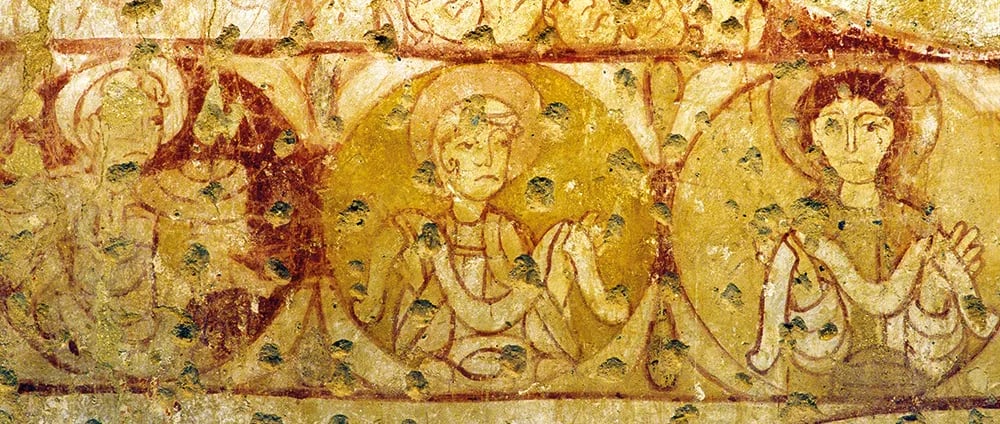

St Mary’s Church, Houghton on the Hill, near Swaffham in Norfolk, stands as a solitary beacon of spiritual history—an edifice steeped in legend and the weight of the past. Perched upon a gentle rise in the Norfolk Brecks, this ancient church commands quiet reverence despite its absence of a dedicated parish. It is a place where the layers of antiquity merge into one seamless narrative: a site that not only bears the marks of Norman ambition but also echoes with remnants of even earlier civilisation.
The church is built on the very ground that once housed a Roman temple, where archaeological discoveries have revealed the interred remains of a man and a woman. These findings hint at a long-forgotten chapter, a time when Roman devotion and ritual sacrality shaped the spiritual landscape long before the advent of Christianity in the region. One may almost imagine that the echoes of ancient rites continue to murmur through the soil—reminding visitors that this site has been a locus of human faith and longing across millennia.
Beside the church lies a field marked by gentle humps in the ground that suggest the presence of a Saxon settlement, now vanished into the annals of time. These undulations in the land, though subtle, testify to a stage in history when Saxon tribes once dwelt in the shadow of what would later become St Mary’s. The field, with its quiet topographical clues, is a tangible reminder of the transient nature of human endeavours; of settlements founded, lived in, and ultimately lost to the ever-cycling sands of time. In this way, the landscape surrounding the church itself becomes a part of the sacred narrative—a living palimpsest of cultures and faiths overlapping in endless succession.
Approaching St Mary’s Church, one is immediately struck by its modest yet dignified exterior. Constructed primarily of flint and rubble masonry, the building has weathered centuries with graceful resignation. There is no ostentation in its form—only the honesty of stone and mortar, telling stories of countless prayers offered beneath its eaves. While the façade makes no grand claims, it quietly affirms the enduring spirit of those who built it and those who have visited in subsequent generations.
Upon entering the church, visitors are enveloped in a profound silence, one that seems to have been cultivated over countless generations. The interior unfolds as a study in simplicity and subtle beauty. The nave, modest in scale, is illuminated by natural light streaming through narrow windows, which cast intricate patterns upon the worn stone floor. It is here that one encounters magnificent medieval paintings—frescoes that adorn the walls and breathe life into the passive expanse of the sanctuary. These paintings, their colours softened by time yet resonant with vivid storytelling, depict biblical scenes and motifs that speak of divine mercy, the cycle of life and death, and the promise of resurrection. They are more than mere decoration; they are a visual catechism, a language through which the builders of old sought to impart their sacred teachings.
The artistry of these wall paintings is a quiet miracle. Despite the absence of modern flair, the tender brushstrokes and delicate hues convey both vulnerability and strength—reminding onlookers of the human passion that once animated their creation. It is as though the voices of medieval artists, long since silenced, continue to whisper gentle hymns of hope and faith from the very walls. Each carefully restored detail bears witness to the intricate relationship between art and worship, affirming a long-held belief among theologians that true beauty is a channel for recognising the presence of God.
In a broader sense, St Mary’s Church stands as a repository of layered history. Its foundation upon a Roman temple site, the discovery of ancient human remains, and the traces of an erstwhile Saxon settlement in the surrounding field all converge to create a narrative that transcends the boundaries of any single epoch. This convergence grants the church a deeply resonant character: it is not merely a place of worship, but a monument to the struggles, aspirations, and spiritual quests of the myriad peoples who have trod its ground. The church's existence, set against the shifting backdrop of time, invites reflections on the ephemeral nature of worldly endeavours and the eternal legacy of faith.
The isolation of St Mary’s Church—without a contemporary parish to anchor it in modern life—further heightens its role as a solitary keeper of centuries-old devotion. Unlike many busy parish churches that bustle with daily congregational life, this sacred space invites one to slow down and consider the vast continuum of time in which it has existed. Far removed from the noise of the modern world, its silent halls and understated beauty offer a sanctuary for the soul—an opportunity to reconnect with the enduring rhythms of prayer and contemplation.
The interplay between the natural surroundings of Houghton on the Hill and the ancient structure of St Mary’s is particularly significant. The undulating fields, the distant hum of the Norfolk countryside, and the faint outlines of the Saxon settlement in the earth around the church together create a setting that is both stark and poetic. This harmonious blend of nature and stone reinforces a recurrent theme in Christian thought: that the sacred is not confined to majestic cathedrals alone but is intrinsically present in the simplicity of the rural landscape. The land itself, with its historical scars and natural beauty, testifies to the ongoing dialogue between humanity and the divine.
For every pilgrim who journeys to this secluded church, the experience is both deeply personal and broadly historical. The simple act of standing in the midst of the quiet interior allows one to feel a connection not only with the past but also with the eternal. As one kneels before the ancient altar, it is possible to sense the whispers of countless prayers and to feel the weight of a legacy of faith that spans centuries. In this encounter with history, every chiseled stone and every fragment of medieval paint becomes a reminder of the endless quest for spiritual truth—a quest that remains as urgent now as it was in the days of the early Romans, Saxons, and medieval worshippers.
Moreover, the church's unique history, built atop a Roman temple and enriched by the vestiges of a Saxon community, opens a window into the layered cultural identities of Norfolk. It invites one to contemplate not only the evolution of religious practice but also the profound transformations that have shaped the region's human inhabitants over the centuries. This is a place where the remnants of antiquity merge with the quiet beauty of the present—a repository of stories that speak of perseverance, renewal, and the timeless search for meaning amid shifting sands.
In reflecting upon St Mary’s Church, one finds that the experience is not simply an exploration of history but also an invitation to embark on an inner pilgrimage. It is an opportunity to contemplate the transitory nature of life while affirming the deep, enduring presence of faith that has sustained communities through the ages. Each step taken across the weathered path, each glance upon the delicate frescoes, and every moment spent in silence among the ancient stones serves to draw the pilgrim closer to an understanding of the divine mystery—a mystery that has been nurtured in this sacred place for nearly a millennium.
Ultimately, St Mary’s Church, Houghton on the Hill, stands as a solitary monument to the power of enduring faith. Free from the complexities of a modern parish, it remains a pristine and contemplative space where the echoes of the past resound with quiet majesty. For those willing to traverse its history—from the Roman temple and Saxon settlement to the medieval reverence embodied in its magnificent paintings—the church offers a profound reminder of the eternal dialogue between humanity and God. It is here, in the soft tranquillity of ancient stone and subtle natural beauty, that the timeless presence of the sacred reveals itself in all its humble splendour.
A Pilgrimage of Ancient Echoes: Reflections on St Mary’s Church, Houghton on the Hill
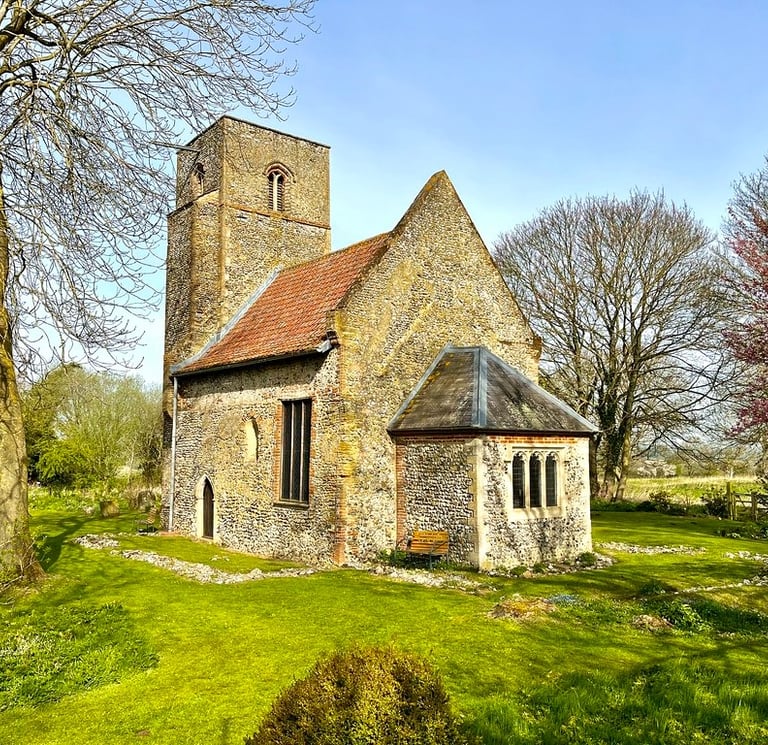

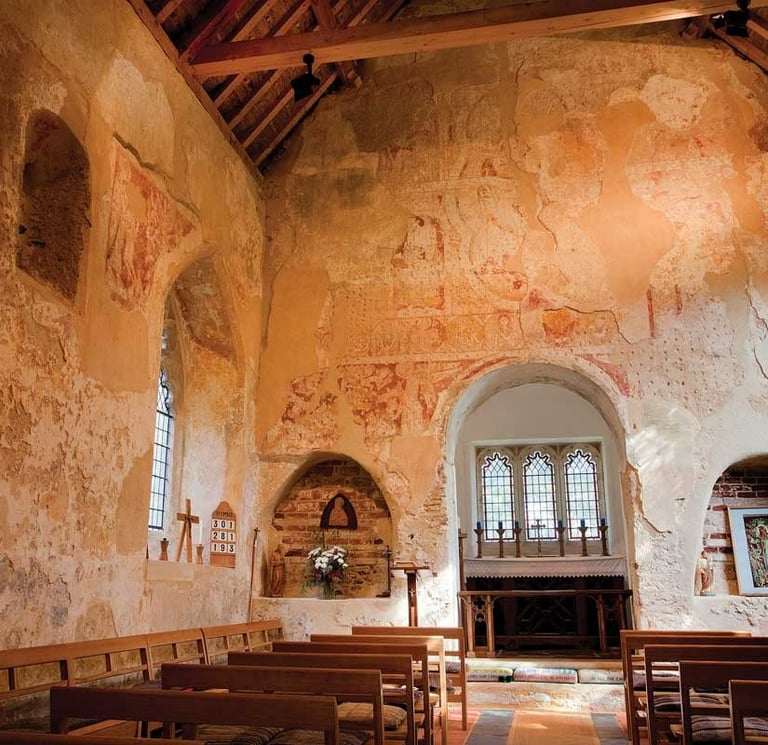

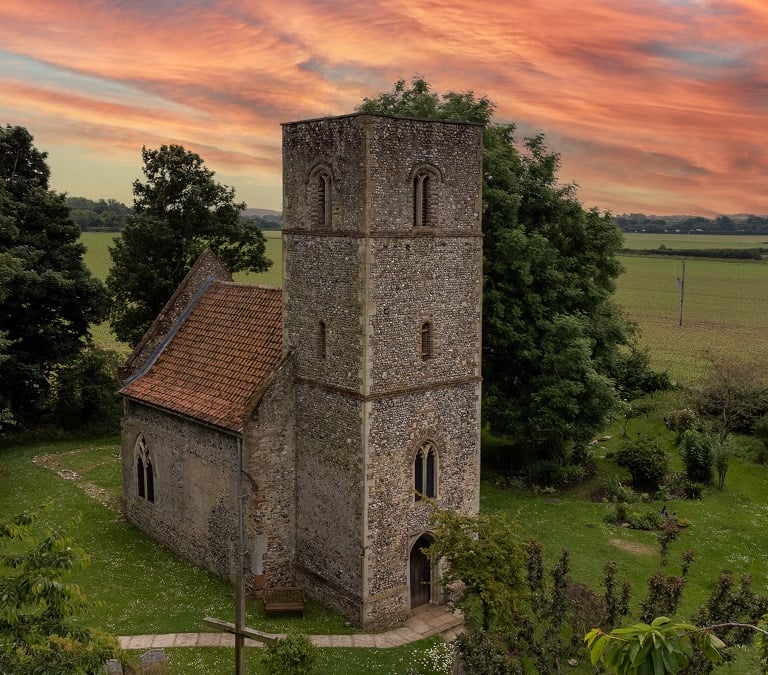

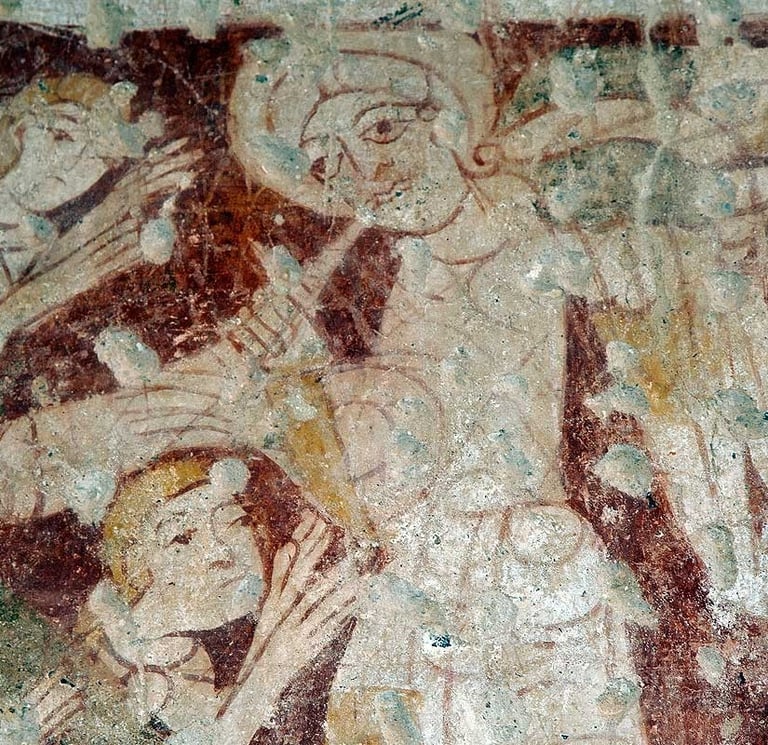

Ancient Apostolic Catholic Church
Embracing faith, inclusion, and compassionate service together.
ST THOMAS AQUINAS SEMINARY
© 2025. All rights reserved
QUICK LINKS
